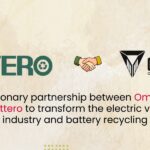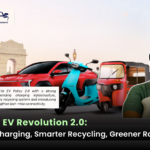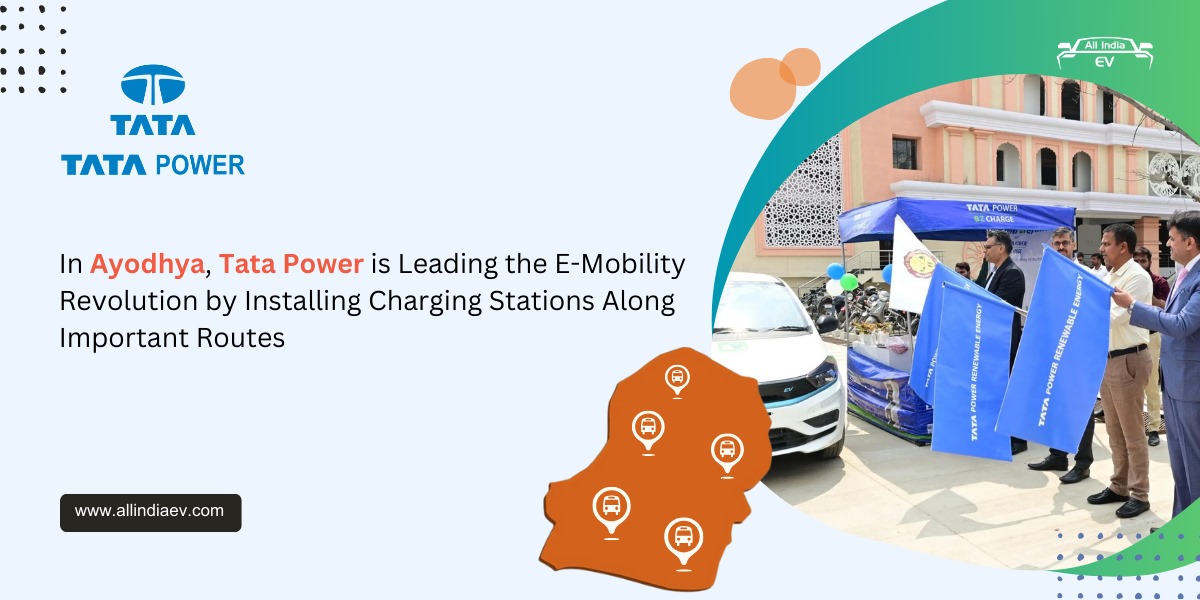
India’s Energy Independence: The Critical Minerals Race
India is rapidly advancing towards its renewable energy and electric mobility goals, driven by a commitment to sustainability and reducing carbon emissions. However, a major roadblock in this journey is the limited domestic availability of critical minerals like lithium, cobalt, and nickel, essential components of lithium-ion batteries. These batteries are the backbone of electric vehicles (EVs) and large-scale renewable energy storage systems, two pillars of India’s green energy aspirations.
As demand for these batteries surges, fueled by the growing EV market and renewable energy projects, India faces a crucial need to secure a stable and sustainable supply chain for these minerals. According to CareEdge Ratings, this situation is urgent, as India currently relies almost entirely on imports to meet its battery needs. By establishing domestic battery production facilities and securing long-term international partnerships, India aims to reduce its import dependency significantly by FY27, paving the way for a more self-sufficient and environmentally friendly energy ecosystem.
India’s Growing Demand for Lithium-Ion Batteries
India’s demand for lithium-ion batteries is witnessing unprecedented growth, driven by the push for renewable energy and the widespread adoption of electric vehicles. Lithium-ion batteries are critical for both EVs and grid-scale energy storage, making them an indispensable part of India’s energy transition. Currently, the country’s demand is largely concentrated in the EV and consumer electronics sectors. However, CareEdge Ratings estimates that the demand for battery storage will expand significantly, reaching around 54 GWh by FY27 and an impressive 127 GWh by FY30.
This growth trajectory underscores the pressing need for a sustainable supply chain, as India’s ambitions hinge on its ability to meet this surging demand. Beyond EVs, the growing deployment of solar and wind power projects also adds to the demand for large-scale storage solutions, further highlighting the importance of lithium-ion batteries in achieving India’s renewable energy targets. As such, battery production has become a critical focal point for India’s green energy policy.
Securing Critical Minerals: A Strategic Imperative
India’s limited domestic reserves of essential minerals—namely lithium, cobalt, and nickel—pose a major challenge to establishing a self-sufficient battery production ecosystem. As CareEdge notes, the scarcity of these resources requires India to rely heavily on imports, which introduces price volatility and potential supply disruptions. To address this vulnerability, India is actively exploring long-term partnerships with mineral-rich countries to secure consistent supplies.
Additionally, battery recycling and reuse are becoming increasingly important as alternative sources of critical minerals. Recycling used batteries can reduce India’s dependency on imports, while also providing environmental benefits by minimizing waste. CareEdge suggests that developing a strong recycling framework can play a key role in mitigating supply risks and establishing a more sustainable battery supply chain. In the long term, these initiatives are essential not only for maintaining stable battery production but also for supporting the nation’s broader renewable energy goals by securing reliable and affordable mineral resources.
Key Factors Driving Battery Industry Growth in India
- High Demand for Lithium-Ion Batteries: With India’s transition toward electric vehicles (EVs) and renewable energy, the demand for lithium-ion batteries is projected to rise sharply. The demand is expected to reach around 54 GWh by FY27 and approximately 127 GWh by FY30, driven by EVs, consumer electronics, and energy storage needs.
- Government Support and Initiatives: Indian government incentives and policies are helping to catalyze domestic battery production. These initiatives are designed to reduce dependence on imports, promote green energy, and position India as a key player in the global battery market.
- Focus on Cost Competitiveness: Indian manufacturers need to be cost-competitive, especially against large global players, particularly Chinese manufacturers, who dominate the market. Ensuring cost efficiency is critical for Indian companies as they ramp up their production capacities.
- Environmental and Economic Benefits of Recycling: To mitigate price and supply risks associated with imports, Indian companies are encouraged to focus on battery reuse and recycling. This approach not only reduces dependence on imports but also provides significant environmental benefits.
- Long-Term Mineral Supply Security: Given India’s limited reserves of lithium, cobalt, and nickel, securing long-term supply agreements with mineral-rich countries is essential. Establishing stable supply chains for these critical minerals will help support India’s growing battery industry.
Challenges and Competitiveness in the Global Market
While India is making strides in developing its battery manufacturing capabilities, the industry faces significant challenges in achieving global competitiveness. Indian battery manufacturers must contend with large, established global players, particularly from China, who dominate the market with extensive integrated supply chains and competitive pricing strategies. According to Hardik Shah, Director at CareEdge Ratings, the pricing policies and production capacities of these global manufacturers will directly influence the cost competitiveness of Indian battery producers.
To thrive in this highly competitive environment, Indian companies must balance capacity expansion with price stability and ensure high quality standards. Another challenge lies in scaling up infrastructure and developing technical expertise to meet international benchmarks in battery production. Monitoring global market dynamics and adjusting strategies accordingly will be essential for India to become a viable player in the global battery industry. Overcoming these hurdles is crucial for India to maintain momentum in its renewable energy and EV goals, ultimately supporting the nation’s transition towards a greener future.









